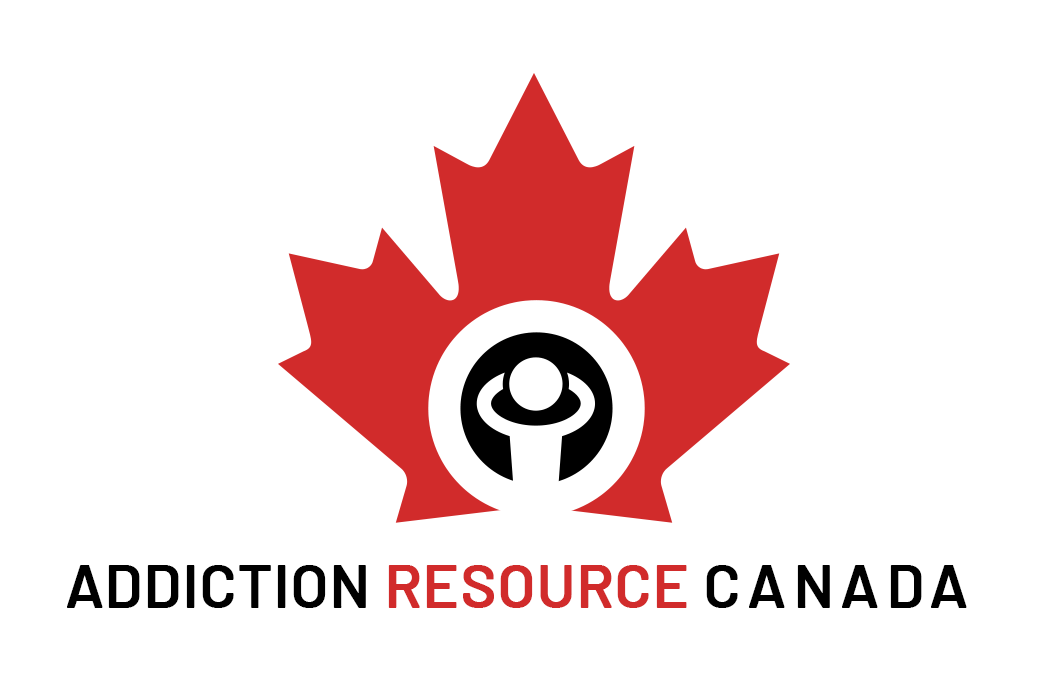Detox symptoms and their level of intensity will vary from person to person. A given period of drug or alcohol detox will last as long as the withdrawal symptoms last and for as long as it takes for the client to stabilize physically and mentally. Factors that influence individual differences in detox or withdrawal symptoms include:
- How long the addiction has lasted: When people use drugs and or alcohol every day or for an extended period of time they can develop very high levels of physical tolerance and therefore, will experience more severe withdrawal symptoms.
- When more than one type of drug is used including alcohol. When people abuse more than one type of drug or abuse both drugs and alcohol, a more intense set of withdrawal symptoms can make detox particularly dangerous.
- The higher the dose of drugs in the system, the more severe detox may be. Physical tolerance develops from constant substance abuse because the more you use drugs, the more you need in order to feel the desired effects. The higher the dose used, the more severe the withdrawal or detox symptoms will be.
- The presence of a concurrent or co- occurring mental illness. If a person experiences a mental health disorder such as depression or anxiety, detox could exacerbate these issues. Depression is commonly seen in people who are addicted to stimulants such as cocaine or methamphetamines and opiates such as heroin or prescription painkillers.
It is important to note that people may experience suicidal ideation during detox. In some cases, antidepressant medications or antipsychotics might be necessary to stabilize the person if there are co-occurring issues of depression or a serious mental health disorder. Indeed, finding a stable dose and appropriate medications will help to prepare the client to begin the process of recovery from their addiction.
- The presence of a concurrent or co- occurring physical disorder: If a person suffers from a physical condition such as chronic pain or cardiac disease, these illnesses could become more acute due to the detox process and result in significant distress.

The most common withdrawal or detox symptoms that develop in relation to a number of drugs include:
- Cravings. The impulse to return to using drugs in order to prevent withdrawal symptoms.
- Physical issues. May include intense sweats, chills, tremors or shaking, as well as flu-like symptoms including nausea, vomiting, diarrhea and headache or body ache.
- Mood disturbances. Often seen as acute anxiety, irritability, agitation and impulsive or explosive behaviour.
- Sleep disturbances. Insomnia is very common despite feelings of intense fatigue.
While most detox symptoms are not in of themselves life-threatening, they can be overwhelming and stressful creating the need for clients to have medical and psychological supports in place. Based on the literature, a number of issues can arise in the first few hours of the detox process. Some examples of possible issues include:
- Suicidal ideation: Withdrawal from opiates and other drugs, including alcohol can be accompanied by severe depression that might lead to suicidal ideation and even suicide attempts and completion. Clients who exhibit suicidal thoughts must be assessed by a Physician, Nurse Practitioner or Psychiatrist and their safety must be ensured at all times. Psychiatric issues, including suicidal behaviour must be stabilized in concert with the detox process and if sever, detox must be deferred until the client has achieved stable mental health.
- Medical illness. Many clients who suffer from chronic pain are prescribed opiate medications that can lead to physical dependence and addiction to these medications. As the client begins to detox from the opiate, their severe pain will return in addition to uncomfortable withdrawal symptoms. It is critical that a full physical assessment and medical history takes place prior to initiating detox so that the symptoms of pain can be treated appropriately before proceeding.
- Violence. Some drugs can increase violent Behaviours in users. For example, people who abuse synthetic cathinones, or “bath salts,” might be more at risk of hurting themselves or others.
- Symptoms of psychosis. Psychosis is a dangerous complication brought on by the effects of some drugs, such as cocaine. Excessive use of cocaine can lead to paranoia and even full-blown psychosis in the form of delusions or visual or auditory hallucinations (seeing or hearing things that are not there).
Patients experiencing mild to severe withdrawal symptoms can be supported by the use of Medication Assisted Therapies (MAT) that will dramatically reduce detox symptoms and on-going cravings. MAT will help clients typically rest, sleep a lot, and eat well. MAT can help clients feel quite comfortable during the detox process; a situation that would otherwise be very distressing.
It’s important to note that not every client will successfully complete detox on the first try. In some cases, many attempts may be made before the client gets “clean and sober.” Addiction is a chronic disease and often relapse may occur. In addition to stopping drug or alcohol abuse, and supporting the client through acute withdrawal symptoms, another goal of detox is to help prepare the client physically and mentally for therapy and counseling.
Post-Acute Withdrawal Syndrome (PAWS):
Following detox, clients often experience Post-Acute Withdrawal Syndrome (PAWS). PAWS present during the recuperation period after detox when the receptors in the brain are healing and endorphin levels are rising back to a normal level. PAWS is very common and occurs regardless of the detox method used. PAWS symptoms are a result of brain dysfunction caused by the brain readjusting to being without alcohol and drugs. PAWS vary from person to person and may last up to a few weeks or several months. PAWS can be relieved by several medications. A Physician or Nurse Practitioner can support a client experiencing PAWS and support the need for continued treatment and support post-detox in order to prevent relapse. PAWS symptoms may include:
- Inability to think clearly
- Memory problems
- Emotional overreactions or numbness
- Sleep disturbances
- Physical coordination problems
- Stress sensitivity

